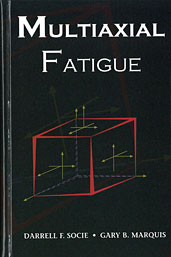Journal Article
Vehicle Longitudinal Control Algorithm Based on Iterative Learning Control
2016-04-05
2016-01-1653
Vehicle Longitudinal Control (VLC) algorithm is the basis function of automotive Cruise Control system. The main task of VLC is to achieve a longitudinal acceleration tracking controller, performance requirements of which include fast response and high tracking accuracy. At present, many control methods are used to implement vehicle longitudinal control. However, the existing methods are need to be improved because these methods need a high accurate vehicle dynamic model or a number of experiments to calibrate the parameters of controller, which are time consuming and costly. To overcome the difficulties of controller parameters calibration and accurate vehicle dynamic modeling, a vehicle longitudinal control algorithm based on iterative learning control (ILC) is proposed in this paper. The algorithm works based on the information of input and output of the system, so the method does not require a vehicle dynamics model.

